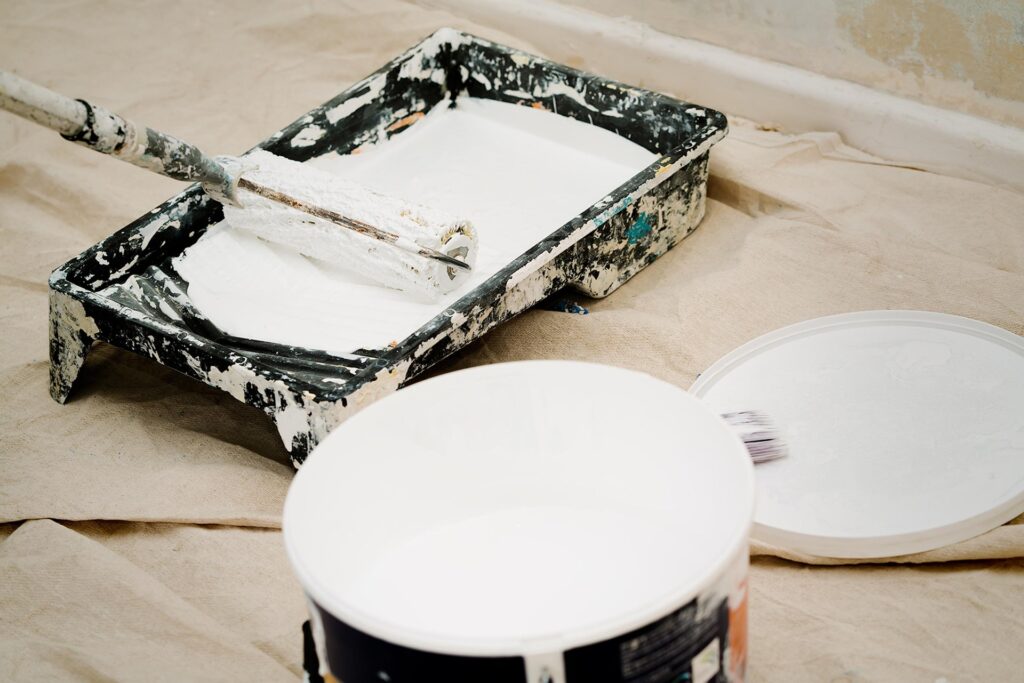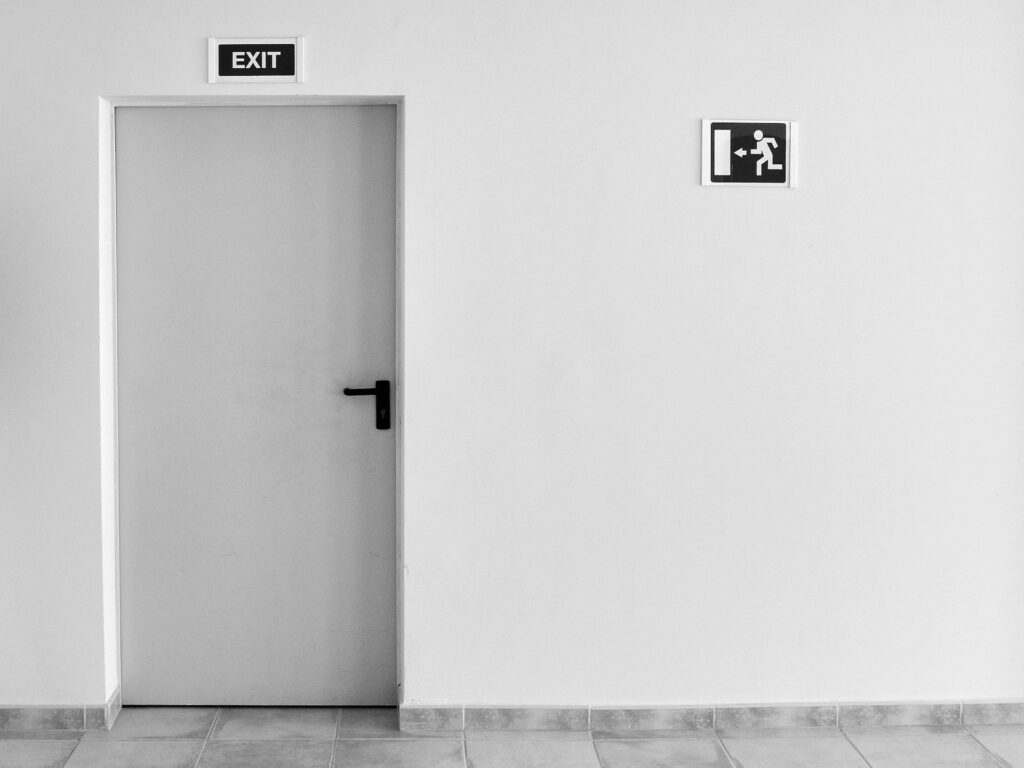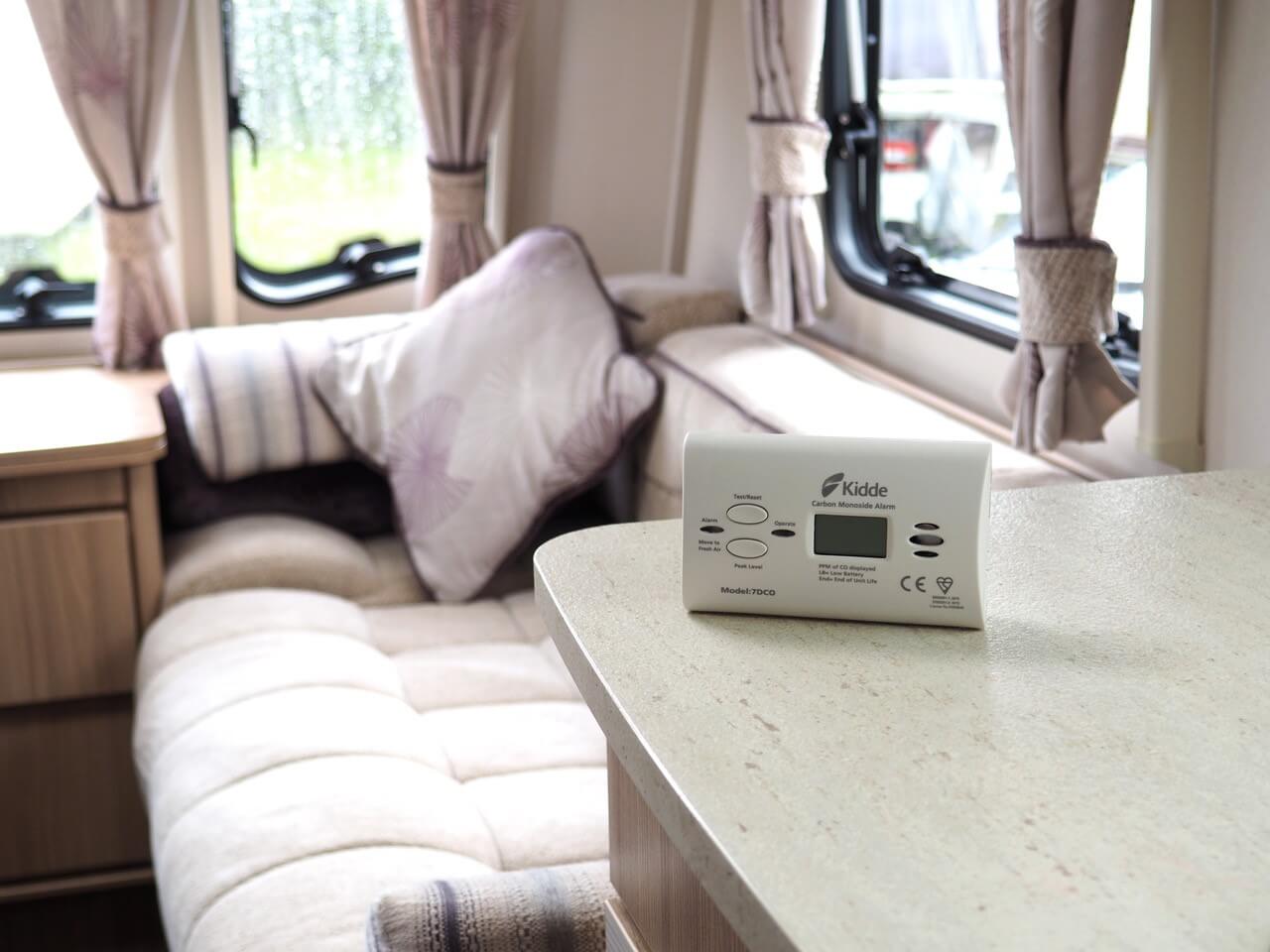Thursday 18th September 2025
Painting commercial fire doors presents a common question for facility managers and building owners. The answer depends on several factors, including the door’s certification, the type of paint used, and compliance with fire safety regulations.
What Are the Rules for Painting Fire Doors?
Fire door certification governs whether you can paint these safety devices. Most commercial fire doors arrive with manufacturer approval for painting, but this comes with specific conditions. The original certification typically allows for painting, provided you use appropriate materials and follow correct procedures.
Building regulations require fire doors to maintain their fire resistance rating after any modifications, including painting. The paint must not compromise the door’s ability to contain fire and smoke for its designated period, usually 30 or 60 minutes for commercial applications.
Third-party certification schemes, such as BWF-CERTIFIRE, provide guidelines for acceptable painting practices. These standards ensure that painted fire doors continue to meet their original performance criteria.

Which Paint Types Work Best on Fire Doors?
Water-based paints offer the safest option for commercial fire doors. These paints contain fewer flammable solvents and produce less toxic smoke in the event of a fire. Intumescent paints provide additional protection by expanding when heated, creating an insulating barrier.
Avoid oil-based paints and high-gloss finishes on fire doors. These products often contain flammable compounds that can accelerate the spread of fire. Similarly, thick paint applications can interfere with door operation and seal performance.
Fire-rated paints, specifically designed for use on fire doors, ensure compliance with safety standards. These products undergo testing to verify they don’t compromise the door’s fire resistance properties.
How Does Paint Affect Fire Door Performance?
Paint thickness has a significant impact on fire door operation. Excessive paint buildup can prevent the door from closing properly, affecting its ability to seal against smoke and fire. This particularly affects the critical gaps around the door edges.
Intumescent seals require special attention when painting. Paint that covers these seals can prevent their expansion during fire conditions, reducing the door’s effectiveness. Careful masking protects these components during the painting process.
The paint’s chemical composition affects fire resistance. Some paints release toxic gases when heated, while others may hasten the spread of fire. Only approved products should be used on fire safety equipment.
What Are the Legal Requirements?
The Regulatory Reform (Fire Safety) Order 2005 requires building owners to maintain fire doors in proper working condition. This includes ensuring any modifications, such as painting, don’t compromise safety performance.
Fire door inspections must consider painted fire doors. If painting affects the door’s performance, this creates a compliance issue that requires immediate attention. Regular inspections help identify potential problems.
When Should You Avoid Painting Fire Doors?
Heavily damaged fire doors shouldn’t be painted as a repair method. Paint cannot restore compromised fire resistance in doors with structural damage, warping, or seal failures. These doors require professional assessment and possible replacement.
Doors with unknown certification status present risks when painted. Without knowing the original approval conditions, painting could void any remaining warranty or certification. Professional inspection helps determine the best course of action.
Historical fire doors may contain asbestos or other hazardous materials. Painting these doors without a proper assessment can create health risks and legal complications.

How to Paint Fire Doors Correctly
Professional preparation ensures a successful fire door painting project. Clean the door thoroughly to remove dirt, grease, and old paint. Sand lightly to create a smooth surface, taking care not to damage intumescent seals or certification labels.
Mask hardware and seals before painting. Use high-quality masking tape to protect hinges, locks, and fire seals. Remove the tape while the paint is still slightly wet to prevent peeling.
Apply thin, even coats rather than one thick application. This prevents paint buildup that could interfere with door operation. Allow each coat to dry completely before applying the next.
What About Fire Door Maintenance After Painting?
Regular inspection schedules become more critical after painting fire doors. Inspect for paint damage, particularly in high-wear areas such as handles and edges. Damaged paint can expose the door to moisture and fire risks.
Professional fire door inspections should include painted doors. Qualified technicians can identify paint-related issues that may compromise fire safety. Annual inspections help maintain compliance with and ensure safety standards.
Documentation of painting work supports fire safety management. Keep records of paint types used, application dates, and any professional certifications. This information helps during inspections and insurance claims.
Painted commercial fire doors can maintain their safety function when proper materials and techniques are used. However, the complexity of fire safety regulations means professional advice often provides the best assurance of compliance and safety.
Explore our range of fire door inspection and installation services.
All information correct at time of posting.



